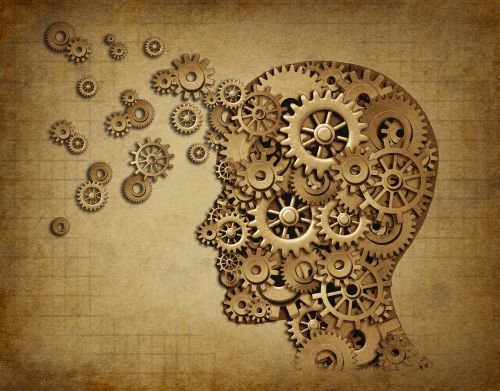Humans in their entire life come across thousands of people. And they relatively recognize and remember all of these individual faces, thanks to the extraordinary brain for the same. But the mechanism behind this ability of the brain is still an issue for debate among the scientists. There are two hypotheses proposed by the researchers explaining how humans acquired this ability. One group of researchers suggests that the brain has specialized mechanism, exclusively for faces. Whereas the other group put forward the belief (expertise hypothesis) that the identification of any visual categories with proficiency (such as faces, cars, animals) are based on same mechanisms.
Researchers Harvard and Dartmouth to understand the mechanism that governs the amazing ability of the brain carried out the study with patients suffering from face blindness or prosopagnosia.
They observed that the patients with prosopagnosia were at par with average people when it comes to remember and later identify between highly indistinguishable looking new objects. But when the prosopagnosics under the same situation, were asked to remember a set of faces, performed poorly. These indicate that any damage to the brain operation, dedicated to processing faces, results in prosopagnosia.
The author of the study and a postdoctoral fellow in psychology Constantin Rezlescu says that as per expertise hypothesis, which emphasized that the same mechanism in the brain controlled learning and identification of faces and objects, then prosopagnosics should fail in identifying faces, as well as objects. But the findings of the study indicate that there was a marked difference in the participants’ ability to identify faces and other objects with which they became specialist in identification.
To examine the expertise hypothesis, Rezlescu and other teammates trained two prosopagnosics to develop ability in identifying a set of 20 computer created objects with expertise, designed to engross the brain as the faces do. These computer created objects are called greebles and can be categorized into families depending upon their body shapes. Each greeble has a certain number of moderately variant appendages organized in a common layout. In order to recognize a greeble, the participants need to acknowledge these minute differences just as humans acknowledge identify minute differences in the faces.
Rezlescu after studying patients suffering with face blindness and a set of test subjects, on how do they perform in recognizing faces and greebles, said the findings were indisputable. Patients suffering with face blindness, struggled at identifying faces, but did fairly well in identifying greebles just as the control group did. The greeble experiment clearly supports that there is some unique mechanism that operate in the brain while recognizing faces and therefore the expertise hypothesis is not true.
In the future, Rezlescu and the other teammates of the research hope to investigate predictions linked to the hypothesis that the brain has unique mechanisms when it comes to identifying faces. He plans to study further to unravel how the brain identifies, recognizes and gather information from other sources as voices and are somehow linked to each other in the brain.
Source: Medical Xpress
Image via costaricantimes.com




